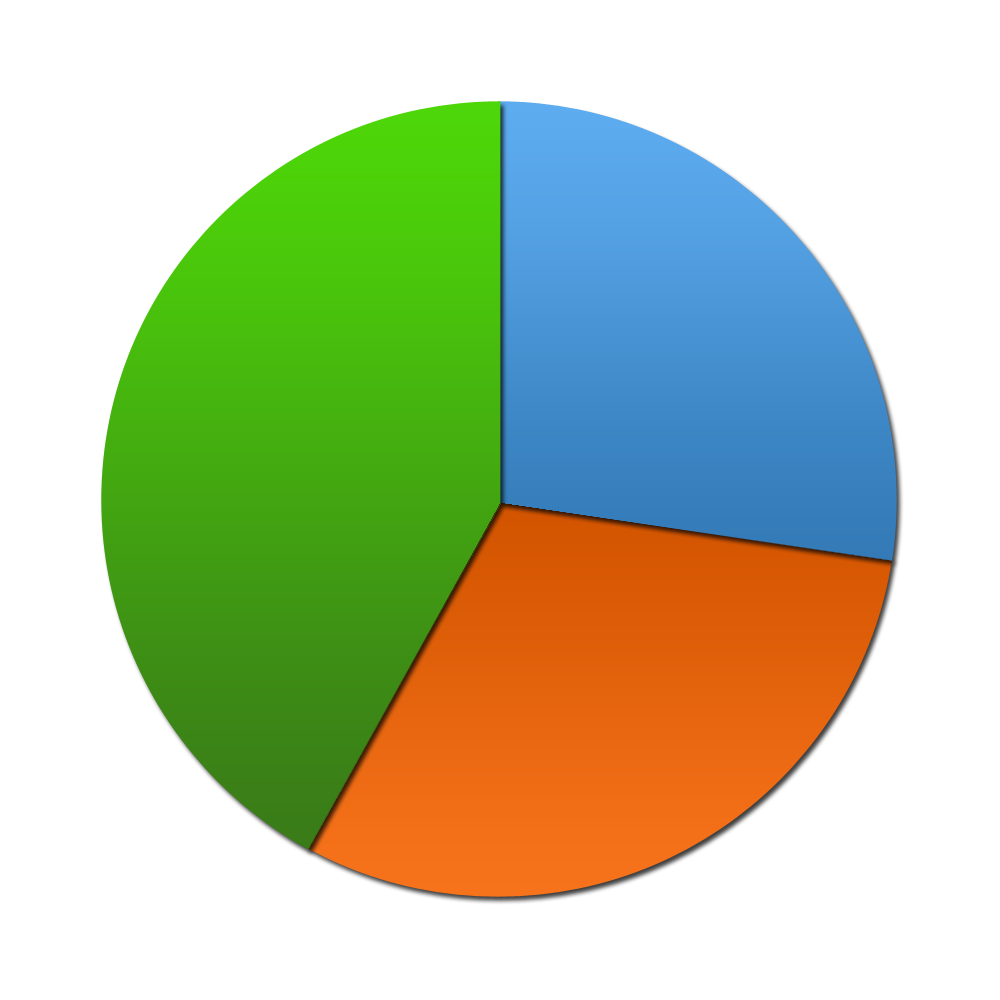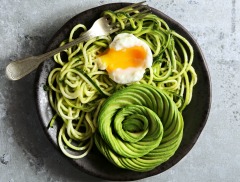Don't just meal plan... meal plan intelligently - with Meal Genius! Sign up for our free newsletter to get delicious recipes, sample meal plans and a whole lot more!
Artichokes
Artichokes are a European staple with more than 40 varieties in existence. The delicate and delicious vegetable is actually an unopened flower bud from a thistle-like plant called Cynara scolymus.
The vegetable flowers are picked and eaten before they turn into a “real” flower and consists of three parts. The overlapping outer leaves are tough and inedible at the tip, but fleshy and tender at the base, the inedible choke, or thistle, which is enclosed within a light-colored cone of immature leaves, and the round, firm-fleshed base called the "heart".
Artichokes are rich in fiber, magnesium and vitamin C, as well as a phytonutrient called luteolin that may help to reduce cholesterol.
Glycemic Index=15
Glycemic Load=0
Antioxidant Score (ORAC)=6,552
The Benefits
- Special diets: Autoimmune Paleo Diet, Elimination Diet, Gluten-Free Diet, Gluten-Free/Dairy-Free Diet, Grain-Free Diet, High Protein Diet, Low Acid Diet, Low Histamine Diet, Low Starch Diet, Paleo Diet (Light), Paleo Diet (Strict), Pescetarian Diet, Primal Diet, Vegetarian Diet, Whole Food
- Excellent Source of:
- Good Source of:
- Preferences: No Fish, No Red Meat, No Pork, No Eggs, No Shellfish, No Gluten, No Nuts, No Seeds, No Soy, No Dairy, No Poultry, No Corn, No Yeast, No Peanuts, No Molds, No Citrus, No Pseudograins, No Coconut, No Nightshade, No Legumes, No Grains, Low Carbohydrate, Low Cholesterol, Low Fat, Low Sodium, Low Sugars, Low Saturated Fat
Related Foods
Related Recipes
Related Nutrients
Selecting and Storing
Globe artichokes are available year-round, with the peak season from March through May. Buy deep green, heavy-for-their-size artichokes with a tight leaf formation. The leaves should "squeak" when pressed together. Heavy browning on an artichoke usually indicates it's beyond its prime. Store unwashed artichokes in a plastic bag in the refrigerator for up to 4 days; wash just before cooking. Artichoke hearts are available frozen and canned; artichoke bottoms are available canned.









